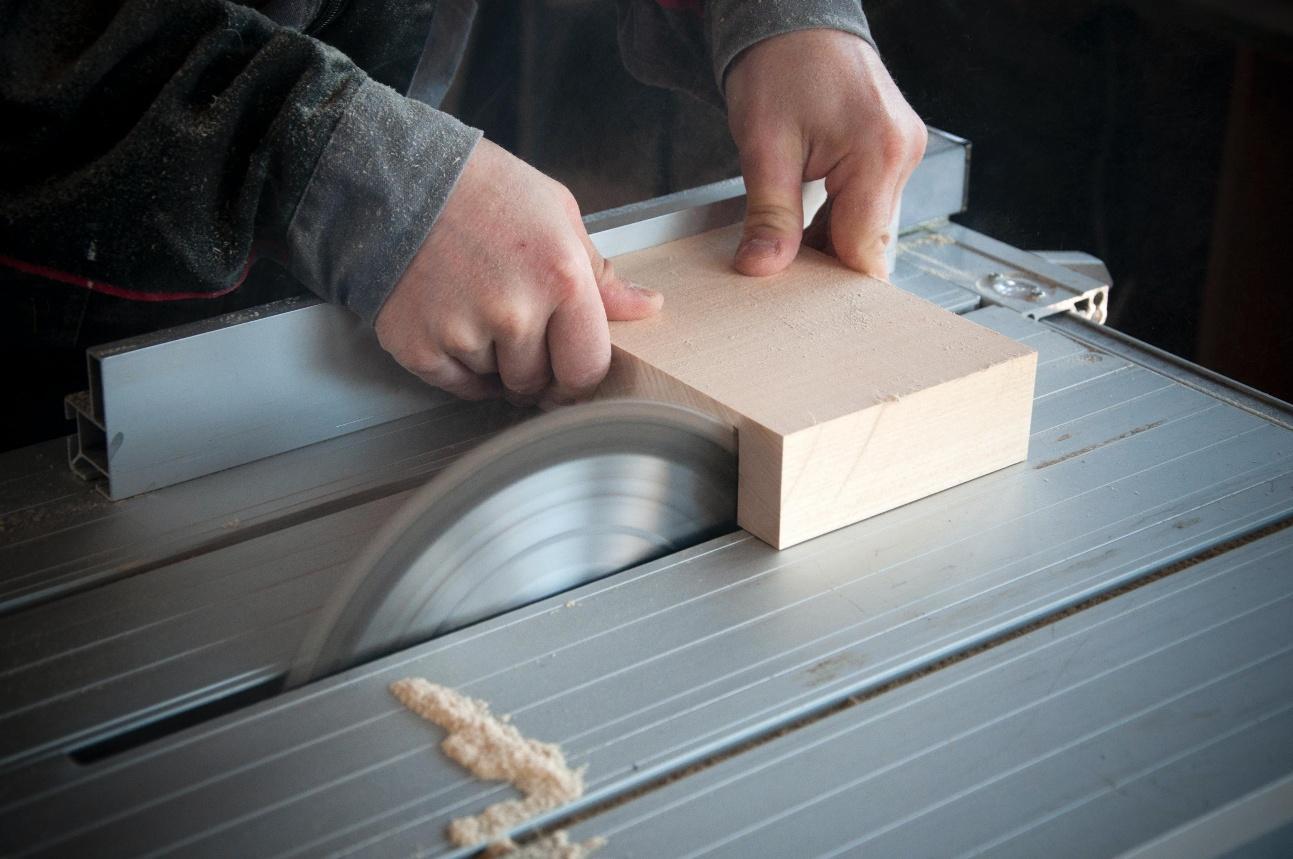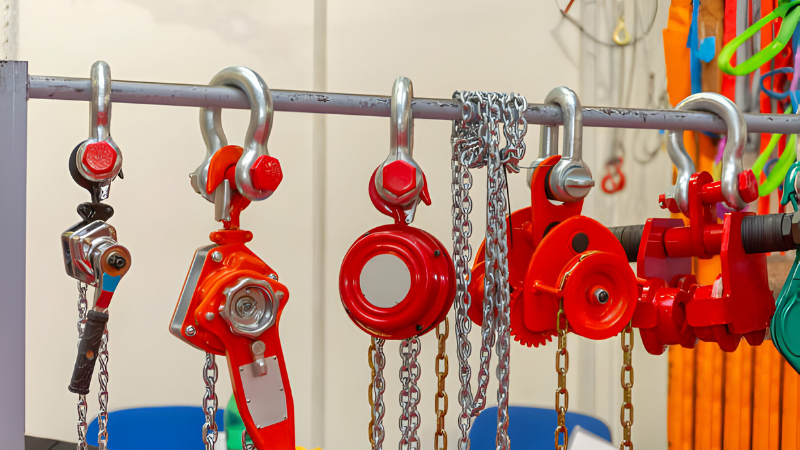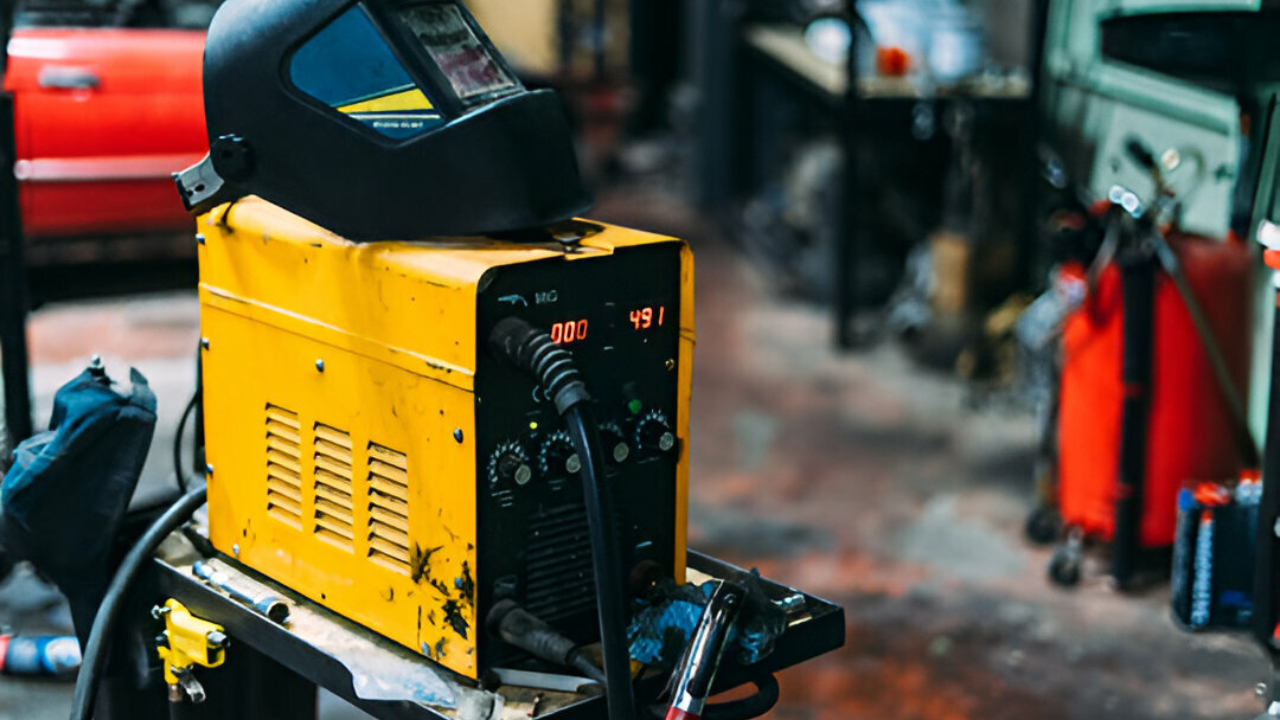Choosing the right saw blade for your project can be a daunting task, especially if you are not familiar with the different types available. Understanding where to use each type of saw blade is essential to achieving clean and precise cuts. In today’s article, we will provide a comprehensive overview of various saw blades and their ideal uses. That’s why you should stick with us if you want to get better at your cutting!
10 Most Important Saw Blades And Their Uses!
Saw blades come in more than 50 different varieties; fortunately, you don’t need to learn about all of them. However, there are at least 10 common types of saw blades, which are important for you if you want to get better at woodworking, metalworking, or construction projects. Below, we have listed the most important saw blades along with their uses, so make sure to check out each!
1. Circular Saw Blade
A circular saw blade is a versatile cutting tool designed especially to be used with circular saws. It consists of a flat, circular-shaped disc with sharp teeth around its perimeter. These types of blades are made from high-speed steel, carbide-tipped, or diamond-tipped, depending on the desired cutting application and the material being cut.
Where To Use a Circular Saw Blade?
- Circular saw blades are widely used in construction, woodworking, and DIY projects. Also, they excel at making straight cuts in various materials, including wood, plywood, plastic, and even metal, with the appropriate blade.
- They are a go-to choice for tasks like farming, cutting lumber, trimming boards, and making precise crosscuts or rip cuts.
- Lastly, they are efficient in creating straight cuts with minimal splintering or tear-out, making them a reliable tool for both rough and finished work.
2. Miter Saw Blade
A miter saw blade is a specialized cutting tool designed to be used with miter saws, also known as chop saws or drop saws. This saw also features a circular disc with teeth specifically designed for making precise, angled cuts.
Where To Use a Miter Saw Blade?
- Normally, a miter saw blade is used to make accurate angled cuts, commonly known as miter cuts and bevel cuts.
- These blades excel at creating clean and precise cuts in materials like wood, plastic, and certain metals.
- They are commonly used in trim work, furniture making, picture framing, and other woodworking projects that require precise joinery.
- Miter saw blades can be adjusted to cut at different angles, typically ranging from 45 degrees to 90 degrees. Which allows its users to make desired cuts that result in some creative and decorative products!
3. Jigsaw Blade
A jigsaw blade is an extremely versatile cutting tool designed for use with a jigsaw, also known as a saber saw. It consists of a narrow, straight blade with teeth along one edge. Jigsaw blades come in various types, including fine-toothed blades for cutting wood and metal, as well as coarse-toothed blades for faster cuts in softer materials.
Where To Use Jigsaw Blade?
- You can use a jigsaw blade to make curved and intricate cuts in a wide range of materials, including wood, plastic, metal, ceramic, and even laminate.
- Due to their narrow profile and ability to maneuver easily, jigsaw blades are perfect for cutting shapes, curves, and intricate patterns that may be challenging with any other saw.
- Moreover, they offer the flexibility to make plunge cuts, bevel cuts, and straight cuts, allowing for versatile applications in woodworking, DIY projects, and even artistic endeavors. Which is why many people consider jigsaw blades to be one of the best or most useful saw blades ever.
4. Reciprocating Saw Blade
Featuring a long, straight blade with coarse and aggressive teeth, a reciprocating saw blade is a specialized cutting tool designed to be used with reciprocating saws; they are also well-known under another name, a sawzall blade.
Where To Use Reciprocating Saw Blade?
- Reciprocating saw blades are known for their ability to make rough, fast cuts in challenging situations, such as in tight spaces or when dealing with tough materials.
- That’s why, when it comes to cutting metals like steel, aluminum, and copper, these saw blades are the go-to choices with ease. They can also be used for plunge cutting and making flush cuts by positioning the blade parallel to a surface.
- Another amazing fact about them is that, they are a valuable tool for professionals in the construction, demolition, and remodeling industries, as well as for DIY enthusiasts tackling home improvement projects that require efficient and aggressive cutting.
5. Oscillating Saw Blade
An oscillating saw blade, also known as a multi-tool blade, features blades with a narrow, rectangular shape with teeth on one or both sides. Just like the previous blades, these saw blades are also specialized cutting tools designed for use with oscillating multi-tools.
Where To Use An Oscillating Saw Blade?
- The best part about an oscillating saw blade is its ability to make precise and controlled cuts in various materials. It is commonly used for cutting wood, metal, plastic, drywall, and even tile.
- The oscillating motion of the blade allows for quick, back-and-forth movements, making it ideal for intricate cuts, flush cuts, plunge cuts, and detail work in tight spaces.
- Oscillating saw blades find applications in various fields, including carpentry, plumbing, electrical work, flooring installation, and DIY projects, due to their versatility.
- They are particularly useful in situations where conventional saws are not suitable or accessible due to limited space or maneuverability constraints. Which is why you should try them out soon if you want to get better at cutting!
6. Crosscut Blade
A crosscut blade is a type of saw blade specifically designed for making cuts across the wood grain. It is characterized by its large number of evenly spaced teeth, typically with a combination of bevelled and alternate top bevel (ATB) tooth configurations.
The bevelled teeth help reduce tearing and provide a cleaner cut. Crosscut blades typically have a higher tooth count than rip-cut blades, ranging from 40 to 80 teeth or more.
Where To Use Crosscut Blade?
- The main purpose of any crosscut blade is to achieve a smooth and clean cut across the grain of the wood.
- It is commonly used in woodworking projects where precision and a fine finish are desired. Crosscut blades are ideal for cutting materials such as solid wood, plywood, particleboard, and MDF (medium-density fiberboard).
- They are also useful for tasks like cutting trim, making furniture, constructing cabinets, and creating precise joinery.
7. Rip-Cut Blade
A rip-cut blade is a type of saw blade designed for making cuts along the length of the wood grain. It typically has fewer teeth compared to a crosscut blade, with teeth that are larger and more widely spaced. The large gullets between the teeth help it remove the sawdust from the cut, preventing it from clogging the blade and causing overheating. Rip-cut blades usually have a flat-top tooth configuration, which provides a faster and more efficient cut than other blades.
Where To Use Rip-Cut Blade?
- Most of the time, rip-cut blades are used in woodworking projects where long, straight cuts are required.
- They are ideal for tasks like ripping boards, cutting lumber, and making rough cuts as well.
- Rip-cut blades are typically used with table saws and circular saws and are available in a variety of sizes and tooth configurations to suit different applications.
8. Plywood Blade
As its name suggests, a plywood blade is used to cut plywood. This smooth blade features a high tooth count and tooth geometry specifically designed to minimize chipping and splintering along the edges of the plywood. The teeth are typically fine and closely spaced to provide a clean and smooth cut.
Where To Use Plywood Blade?
- Plywood blades are essential for woodworking projects that involve working with plywood, particleboard, MDF (medium-density fiberboard), and other similar sheet materials.
- These blades are commonly used with table saws, circular saws, and miter saws to achieve precise and splinter-free cuts in plywood sheets.
9. Fine-Tooth Finish Blade
Yet another great wood-cutting blade designed for achieving smooth and precise cuts in various materials, including hardwood, softwood, plywood, and other engineered wood products. If you want to recognize it, then it is characterized by its high tooth count and closely spaced teeth, which typically have a combination of alternate top bevel and/or triple chip grind configurations.
Where To Use Fine-Tooth Finish Blade?
- The purpose of a fine-tooth finish blade is to provide clean and splinter-free cuts, minimizing the need for additional sanding or polishing.
- Furthermore, it is commonly used in finish carpentry, cabinetry, and woodworking projects where a high-quality, polished result is desired. This blade is particularly useful for cutting moldings, trim, and delicate pieces of furniture.
- This blade is ideal for finishing carpentry.
10. Bandsaw Blade
Last but not least, a bandsaw blade is a continuous loop of toothed metal that runs on a pair of wheels, creating a cutting motion. Bandsaw blades come in various widths, tooth configurations, and materials to suit different cutting applications. The tooth configurations commonly used in bandsaw blades include regular teeth, hook teeth, and skip teeth.
Where To Use Bandsaw Blade?
- Normally, bandsaw blades are versatile tools that can cut through a wide range of materials, including wood, metal, plastic, and even foam.
- They are especially valued for making curved cuts and intricate shapes due to their ability to maneuver smoothly, just like a jigsaw blade. Bandsaws are commonly used in woodworking shops, metalworking shops, and fabrication industries.
Conclusion
Of course, the world of saw blades might be confusing, but fortunately, you don’t need to learn about every single saw blade. We have mentioned the most important saw blades you need to know about above in this article. Make sure to check out each to understand their uses so that you can do better-cutting work than ever!







